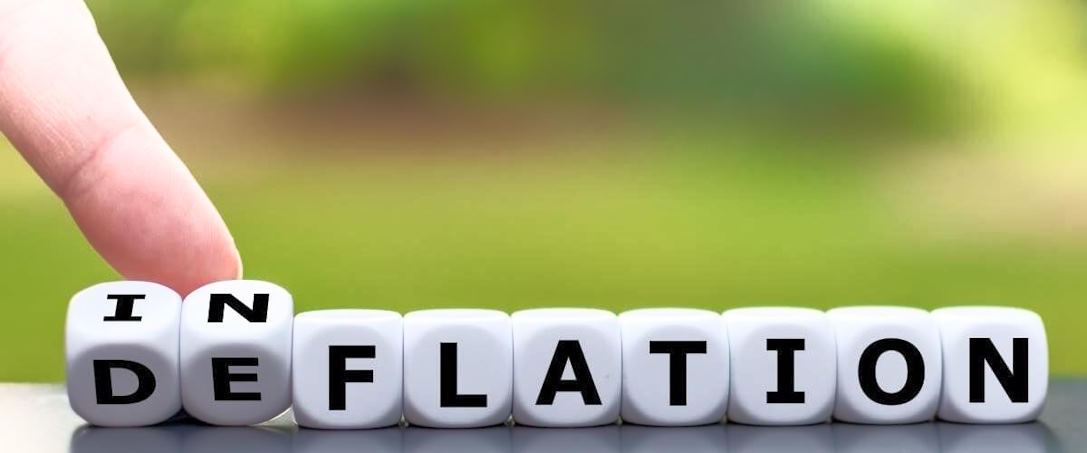As a discipline, economics is built upon fundamental concepts that shape our understanding of how societies allocate resources and generate wealth. Three key concepts – supply and demand, inflation and deflation, and Gross Domestic Product (GDP) – stand out as critical pillars in comprehending the intricacies of economic systems.
Supply and Demand
Interplay in Market Forces
The dynamic relationship between supply and demand lies at the heart of market economies. The law of supply states that as the price of a good or service rises, the quantity supplied increases, and conversely, as the price falls, the quantity supplied decreases. On the other side, the law of demand asserts that as the price of a good or service rises, the quantity demanded decreases, and as the price falls, the quantity demanded increases.
Determination of Prices and Quantities
The interaction between supply and demand in a market results in an equilibrium price and quantity, where the quantity supplied equals the quantity demanded. This equilibrium point is crucial in determining the prevailing market price for goods and services, showcasing the delicate balance between producers and consumers.

Inflation and Deflation
Definition
Inflation is the general increase in the price level of goods and services over time, reducing the purchasing power of money. Conversely, deflation is the decrease in the overall price level, often resulting in increased purchasing power but potentially causing economic challenges.
Impact on Economies
Inflation can have both positive and negative effects. Moderate inflation encourages spending and investment, but high or hyperinflation erodes savings and disrupts economic stability. Deflation, while seemingly beneficial for consumers, can lead to reduced spending as people anticipate lower prices in the future, causing economic stagnation.
Gross Domestic Product (GDP)
Definition and Composition
GDP is a key metric that measures the total value of all goods and services produced within a country’s borders over a specific period. It encompasses consumer spending, business investments, government expenditures, and net exports (exports minus imports).
Indicator of Economic Performance
GDP is a critical indicator of a nation’s economic health and performance. A growing GDP generally indicates economic expansion, while a shrinking GDP may signify recession. However, GDP alone does not capture the distribution of wealth or the well-being of a population.

